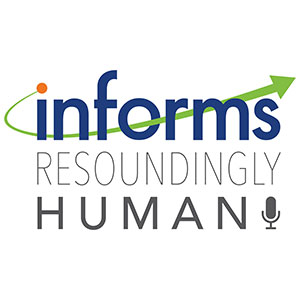
What the Dippin' Dots 'Cold Chain' Can Teach Us About COVID-19 Vaccines
Countless people across the country are desperate to get their hands on the coronavirus vaccine. But the same could be said for another icy treat with some surprising similarities: Dippin’ Dots. Invented by a microbiologist in 1988, Dippin’ Dots’ self-proclaimed “Ice Cream of the Future” maintains its characteristic beaded form only if stored at -49 degrees Fahrenheit. Slipping even a few degrees in the wrong direction can jeopardize the quality of a batch.















